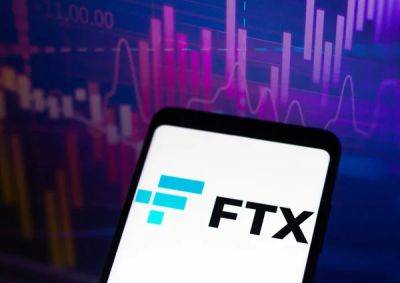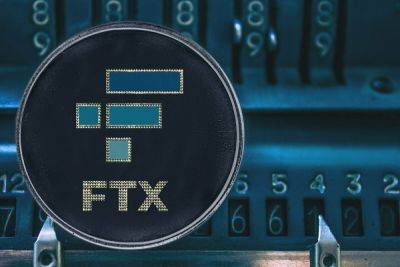FTX Unveils Reboot Plan for New Offshore Exchange under New Leadership
On July 31st, under its new CEO, John J. Ray III, the bankrupt cryptocurrency exchange FTX Trading Ltd. submitted a draft plan to "reboot" the collapsed crypto exchange.
The proposal was unveiled on Monday, presenting FTX.com claimants with the option to hold equity securities, tokens, or other interests in a newly established offshore company.
The filed dockets presented a draft reorganization plan detailing the company's intended strategy to resolve an extensive and intricate collection of claims. For this, Claimants will be categorized into specific groups.
Users of the FTX.com offshore exchange will be referred to as "Dotcom customers," while FTX US users will be identified as "US customers."
The claims are categorized into 13 distinct classes, which include Other Priority Claims, Secured Claims, Separate Subsidiary Claims, General Unsecured Claims, Dotcom Convenience Claims, U.S. Convenience Claims, General Convenience Claims, Intercompany Claims, Intercompany Interests, Subordinated Claims, FTT Claims, Preferred Equity Interests, Section 510(b) Claims, Other Equity Interests, and Pool Claims comprising Dotcom Customer Entitlement Claims, U.S. Customer Entitlement Claims, and NFT Customer Entitlement Claims.
The proposed plan outlines the creation of three main recovery pools: the Dotcom Customer Pool, the US Customer Pool, and the General Pool, encompassing all assets associated with FTX.com and FTX US.
The Dotcom Customer Pool consists of claimants of the FTX.com offshore exchange, while the US Customer Pool comprises customers of the US exchange. General claims include those from Alameda's lenders or trading partners, while subordinated claims encompass taxes and fines from penalties.
The priority of these claims
Read more on cryptonews.com






















